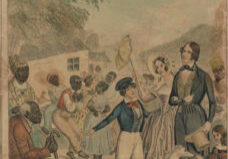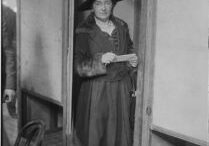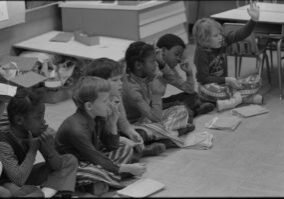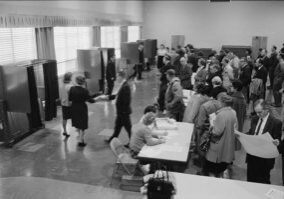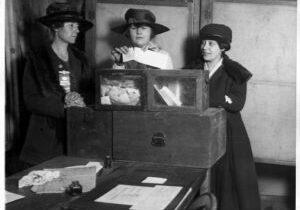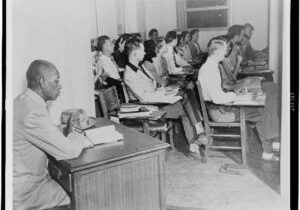Lesson Plans
Selma & Voting Rights: Standing Up for Equality
Through inquiry into primary sources, students discover a story of citizens shaping and sustaining our democracy through civic action and will contemplate the import and impact of citizens who strive for equality. This lesson may be used prior to reading a fictional work or poem related to the civil rights movement or in conjunction with a close reading of Lyndon B. Johnson’s March 15, 1965 voting rights address to Congress (in whole or in part).
Gerrymandering: Voting by Numbers
Students learn about the application of ratios and proportions to the real political issue of gerrymandering. In Part I, students conduct a primary-source analysis of the original 1812 political cartoon about Elbridge Gerry’s redistricting in Massachusetts to build background knowledge. In Part II, students analyze a historical map of Massachusetts’s gerrymandered voting districts in 1812 and compare it to the political cartoon to discuss issues of fairness. In Part III, students solve a hypothetical problem about fair representation on a student council, using their knowledge and understanding of gerrymandering and ratios. Finally, students role-play state legislators in a hypothetical state to solve problems of representation, including gerrymandering.
- « Previous
- 1
- 2

